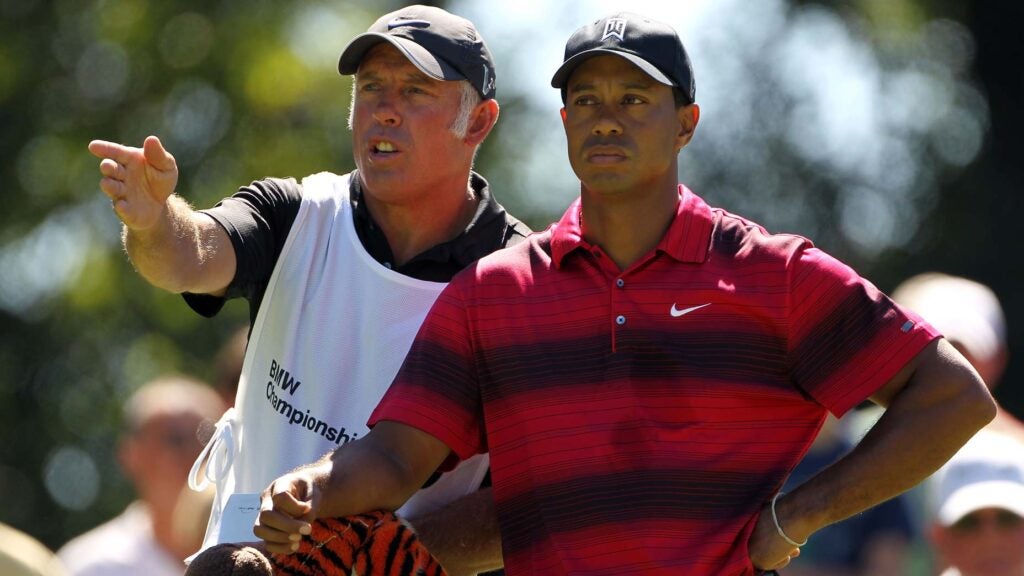To say Tiger Woods is complicated would be to understate the life arc of one of the greatest athletes of all time. That complexity is just what the HBO’s new documentary Tiger tries to capture.
Although some have scorned the two-part doc for being too harsh on the 15-time major winner for past misdoings, others have argued that revisiting some of those details was a necessity. To ignore Woods’ travails made would paint an inaccurate picture of the complexities that define his life. From his initial TV appearance at the age of 2, through his triumphant return to the pinnacle of the sport, Tiger spares no detail in painting a portrait of Woods.
The doc gets perspective from a number of subjects from Woods’ life, such as his high school girlfriend Dina Gravell and former caddie Steve Williams. But even though some of these people had tough splits from Woods, that doesn’t mean they were out to get him. Quite the opposite, actually, said the the film’s co-director, Matthew Hamachek.
“A lot of the people we talked to are people who at one point in time sort of had an acrimonious split from Tiger,” Hamachek said in a recent video from the Associated Press. “But what was so fascinating to both of us, is that after all of these years, they were still fiercely protective of Tiger.”
Hamachek went on to speculate that with these people having a front-row seat to Woods’ life, they understand the complicated relationship he has had with the media. Seeing firsthand the unique pressure that he has faced throughout his life from various stakeholders has led them to shield him in any way they can — even if the breakups were messy.
“People were constantly projecting things onto him,” Hamachek said. “For Earl (Woods), it was this vision of him transcending the game and uniting humanity. And then Nike sort of carried that vision on and the public took that and ran with it and projected different things onto him.”
This instinct to protect Woods made securing participation from some subjects difficult.
“For us, one of the challenges was convincing these people that we were going to make a complex, nuanced portrait of this guy,” he said. “It took, at times, several months in order to convince people to actually sit in front of our camera and talk to us.”
Woods declined participation in the film on two separate occasions, citing contractual conflicts.
Check out the entire interview with Hamachek below.
